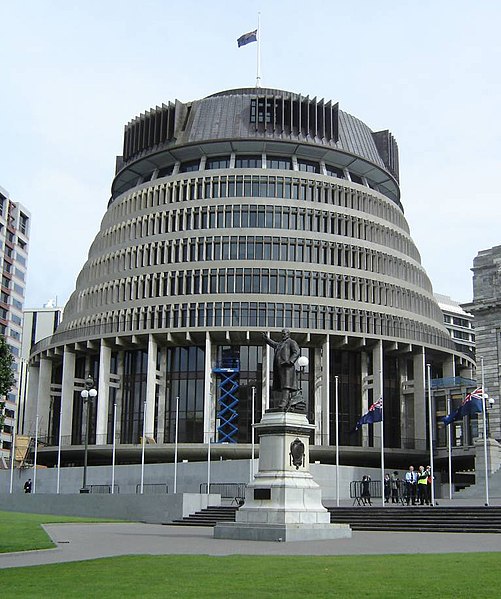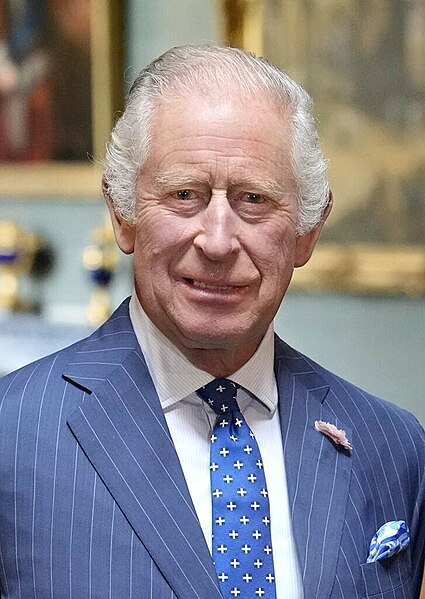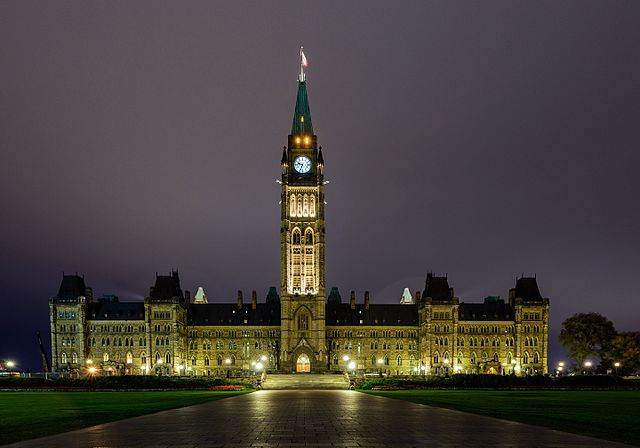The politics of New Zealand function within a framework of an independent, unitary, parliamentary democracy. The system of government is based on the Westminster system, and the legal system is modelled on the common law of England. New Zealand is a constitutional monarchy in which King Charles III is the sovereign and head of state, while his prime minister serves as the head of government.
Parliament House is the home of the House of Representatives
Ballot showing parties, 2011 general election
The Beehive is the seat of the New Zealand Government
The King of New Zealand: Charles III since 8 September 2022
The Westminster system, or Westminster model, is a type of parliamentary government that incorporates a series of procedures for operating a legislature, first developed in England. Key aspects of the system include an executive branch made up of members of the legislature, and that is responsible to the legislature; the presence of parliamentary opposition parties; and a ceremonial head of state who is separate from the head of government. The term derives from the Palace of Westminster, which has been the seat of the Westminster Parliament in England and later the United Kingdom since the 13th century. The Westminster system is often contrasted with the presidential system that originated in the United States, or with the semi-presidential system, based on the government of France.
The Westminster system is named after the Palace of Westminster, the home of the UK Parliament.
Canadian Parliament at night
The Sansad Bhavan (Parliament House) building in New Delhi, India
Knesset Building, Jerusalem








